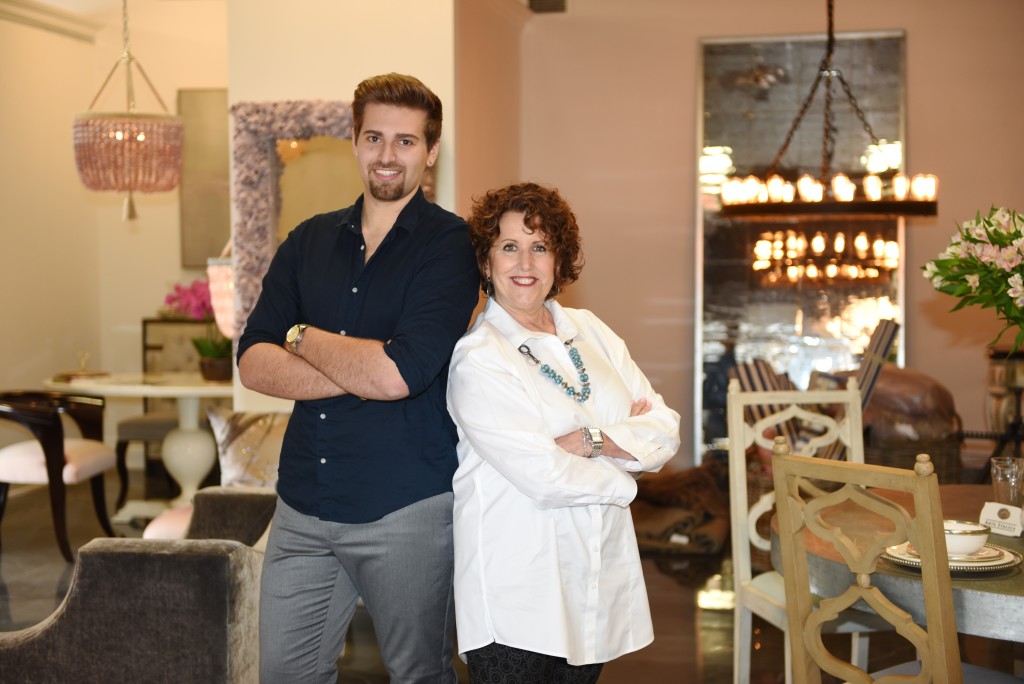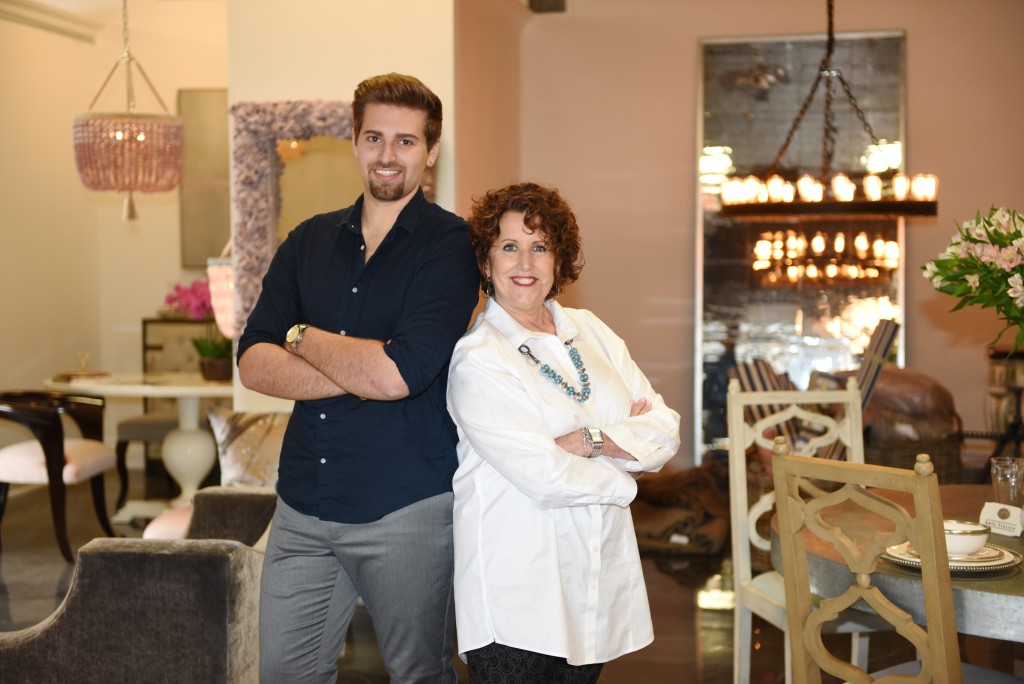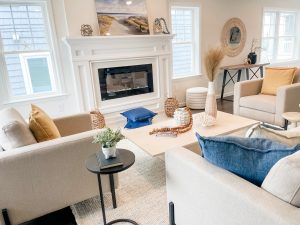1. Make the time for your interior designer and try to eliminate any distractions during meeting
2. “No project is ‘bulletproof’…things will go wrong. It’s a process, but patience and teamwork always win big.”
3. “We cannot create a product that does not exist. Well, we maybe can, but be willing to pay for it.”
4. Make sure your home is clean and tidy before your designer comes in, it lets them do their job right.
5. Always hire subcontractors through your interior designer; they have a strong network of highly vetted and recommended people of the trade. You want someone your interior designer can trust – at the end of the day, your designer is the one who works with them.
6. Interior designers are literally experts in interior design. You are hiring them for their intellectual property; it’s not a hobby, it’s a profession.
7. Don’t “shop” your designer. “We spend a lot of time developing a design,” so be considerate.
8. Utilize your interior designer to manage all of the individual parties involved in your project (Architect, General Contractor etc.) — you’ll be thanking them later
9. Be as specific and decisive as you can. Even if you have a vague idea of what you want, try to give some direction via magazine pull-outs, Pinterest boards, etc.
10. “I don’t give out my sources. It’s why you hire me…to make the magic happen for you!”
11. Titles matter — there is a difference between an interior designer and an interior decorator. Interior Designers are licensed professionals who manage projects involving construction and architecture. Interior Decorators make aesthetic improvements, but don’t make any structural changes to a space.
12. “It’s wise to interview 5-6 designers before you commit. Personalities and a good fit add so much to the success of any project.”
13. Bring lots of inspiration, but don’t try to copy any one design. Let your designer “work their magic.”
14. “Clients need to decide how much and to what level they want to be involved up front. Communicate clearly and set realistic expectations early on.”
15. Don’t pigeonhole your designer. Give them your taste and preferences without restricting creativity.
16. “You don’t often get to take things home immediately; lead times should be expected and patience is important.”
17. Clients should understand the difference between trade and retail prices. Even if a designer marks-up their picks, they are still giving the client a better deal than retail.
18. “Please respect normal business hours. Harmonizing Homes will respond between the hours of 9 & 5, M-F. Emails will be responded to within 24 hours. Text is the fastest way to communicate with me personally, but if it is after hours, email is best and I will respond in the morning.”
19. Decide your budget early on and be prepared to spend it. Don’t worry, it will all be worth it in the end!
20. Have fun with it! Leave your stress behind and trust your designer; allow yourself to be a little surprised, it’ll all be worth it.
Source: IVY



